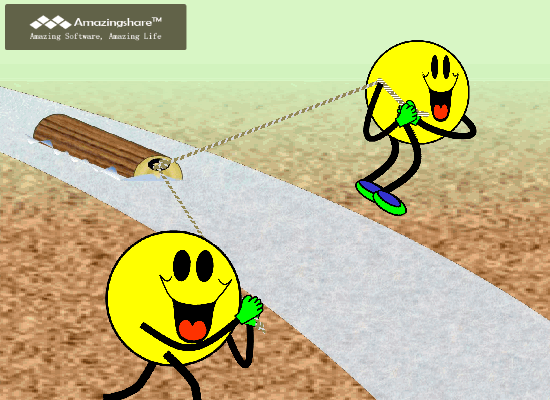Robots collaborating to pull a load along a curved course

Design and construct one of the two vehicles, collaborating to pull a load along a curved course (*).
This project is inspired by the action of leading a barge (a flat-bottomed, unpowered boat used for freight carrying) or a log of tree, along a canal.
- The “canal” will be represented by two lines, about 20 cm apart, containing arbitrary curves.
- Action takes place on bare floor with the edges of the “canal” represented by flexible material such as chains, ropes, single strand electrical cables, garden hose or, any other soft plastic tubing, laid on the floor.
- Teams are responsible to provide their own side of the canal’s edge.
- The playfield is bare floor, in any color, with no bounding walls or curtains.
- The load (barge) is connected to two vehicles on either side of the canal, by “ropes” (strings).
- The basic “barge” is as depicted in the figure.

- Teams are allowed to decorate the nearer half of the “barge” as they wish. The installation on the barge should be portable so that it can be mounted on different barges.
- The “barge” may contain devices to make itself visible to the robots, without distracting the operation of the other robots. It is not allowed to carry sensors and the like.
- The “barge” must remain inside the “canal”, without touching the edges, throughout the course.
- Robots must be completely self-contained,
- with no sensors, cameras etc. outside the robot.
- Robots must remain outside the “canal”, at all times.
- Robots should not have parts extending over the “canal” or touching the edges.
- Active communication between the robots is not allowed.
(*) Common standards to be satisfied to make collaboration possible, such as the properties (shape, size, weight, color etc.) of the “load”, means to make “barge” and robots (if necessary) visible to others, limitations pertaining to the properties of the course -such as the radii of curvature-, material and method of indicating the edges, and properties of the ropes -such as the limitations on length- are to be decided upon by a joint standards committee, composed of representatives of teams undertaking the project.
